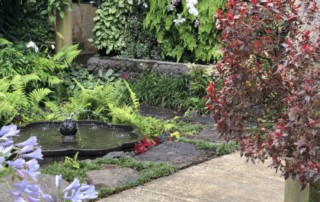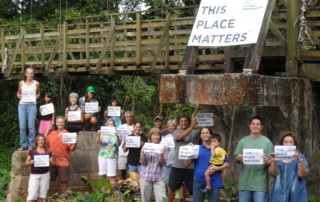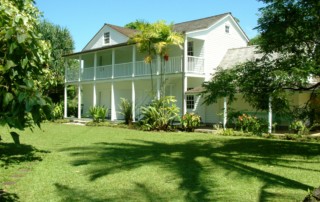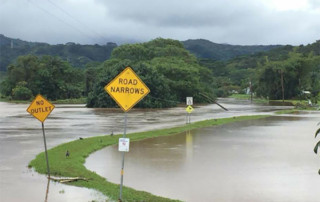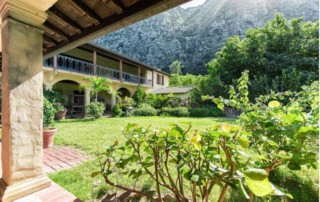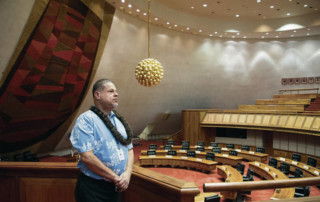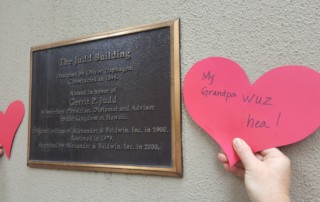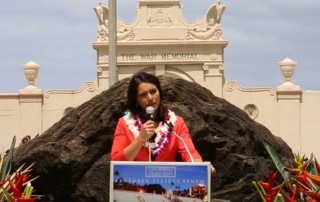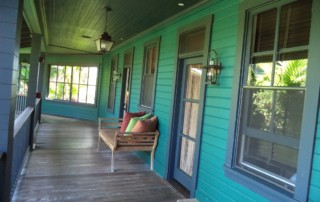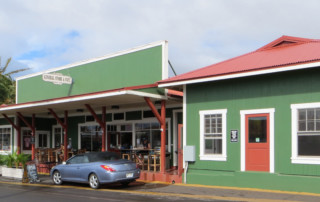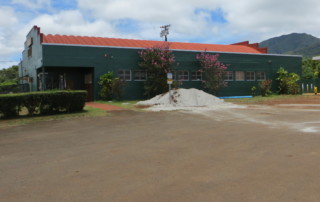Preservation Month Spotlight: Lyon Arboretum turns 100
Lyon at 100 By Stephen Haus As Lyon Arboretum celebrates their 100th anniversary* this year, it is appropriate to remember the founding father, a matriarch, and those who have contributed to this vast collection of over 5000 species of plants from around the world, spread over 194 acres. The founding father, Dr. Harold Lyon, arrived in Hawaii in 1907 from the University of Minnesota where he was a professor of Botany. He was recruited by the Hawaii Sugar Planters Association (HSPA) first serving as a plant pathologist and then in 1918 was sent by the HSPA Department of Botany and Forestry on an around the world plant collecting trip. The replanting of a Hawaii devastated by the free reign of cattle and mountains pockmarked by the harvesting of Sandalwood, Koa and Ohia Lehua began as a watershed restoration project in the back of Manoa Valley. Hawaii was transitioning from a kapu system of harvest restrictions to a market economy where the land itself was the commodity. The Ficus species, a non-lumber tree, was Lyon’s most prolific introduction. The dominant canopy tree at Lyon, the Albizia, was actually introduced prior to Lyon by the Austrian Botanist Dr.Joseph Rock. From 1936-48 the Arboretum was the HSPA Experimental Station for testing re-vegetation schemes. In a letter to H.G. Agee, the Director of the Experimental Station, Lyon wrote, "continued neglect of these watersheds is suicide, for everything fails with the failure of the water supply". In 1956, Dr. Lyon wrote an article titled Honolulu Can Have A Botanical Garden. "Here there is a golden opportunity to build in upper Manoa Valley a vast botanical garden of native and introduced plants and at the same time carry through a project in [...]


